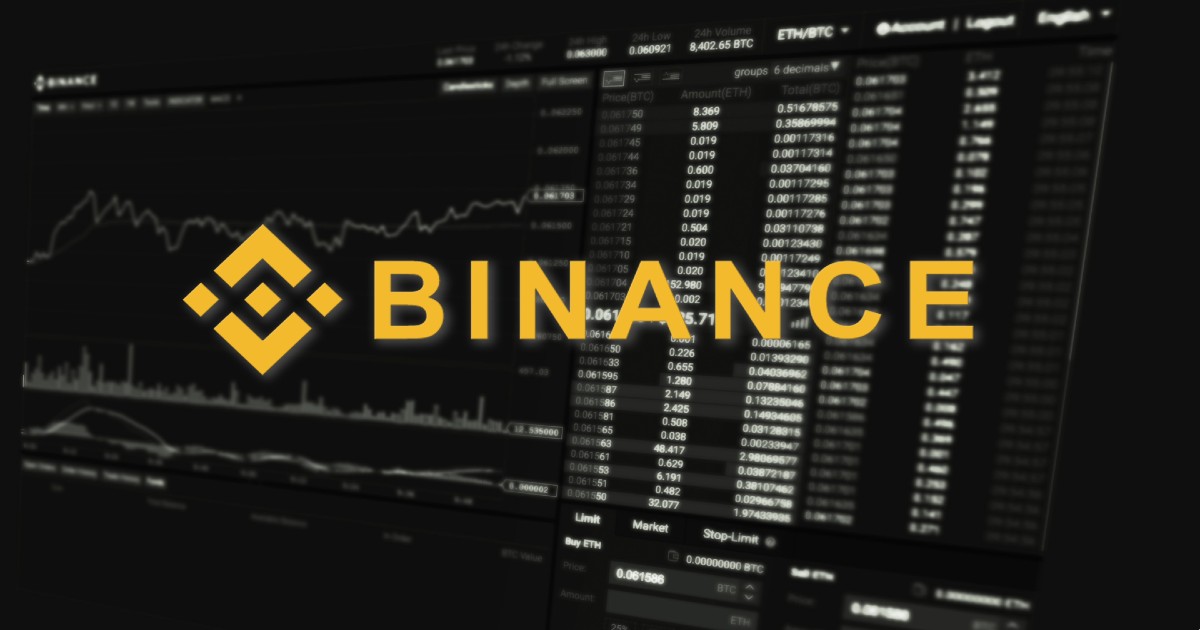The realm of technology is abuzz with terms like Internet of Things (IoT) and machine learning. As excitement around these technologies grows, it is crucial to consider the role of machine learning in IoT development and the potential for enhancing IoT systems. Understanding both technologies is essential before exploring how they can be used together.
IoT refers to interconnected devices that can transmit data over the internet using physical devices. On the other hand, machine learning, a subset of AI, relies on algorithms to simulate human intelligence. The vast amount of data generated by IoT devices worldwide can be leveraged by machine learning algorithms to make predictions about future events and behaviors.
Machine learning operates on the premise of predicting likely scenarios based on algorithms and statistics, using large datasets to generate valuable insights. By enhancing customer experiences, streamlining processes, developing new business models, and reducing costs, machine learning offers numerous benefits. It learns from historical data to make predictions and continuously improves its knowledge base.
The relationship between IoT and machine learning is intriguing. IoT devices can transmit data to a centralized server, which can then be used by machine learning algorithms to draw insights and make predictions. The synergy between IoT and machine learning lies in their ability to work together through data analysis and automation.
Machine learning plays a crucial role in improving IoT systems by automating data analysis and enabling predictive analytics. By identifying patterns, anomalies, and potential risks, machine learning enhances the functionality and efficiency of IoT devices. Implementing machine learning in IoT can lead to cost savings, increased accuracy, and improved performance in industrial operations.
In conclusion, the integration of machine learning and IoT holds immense potential for transforming technology landscapes and driving innovation. Understanding the symbiotic relationship between these technologies is key to unlocking their combined power for creating smarter, more efficient systems.
Source link























